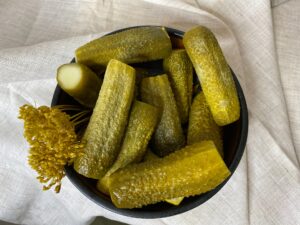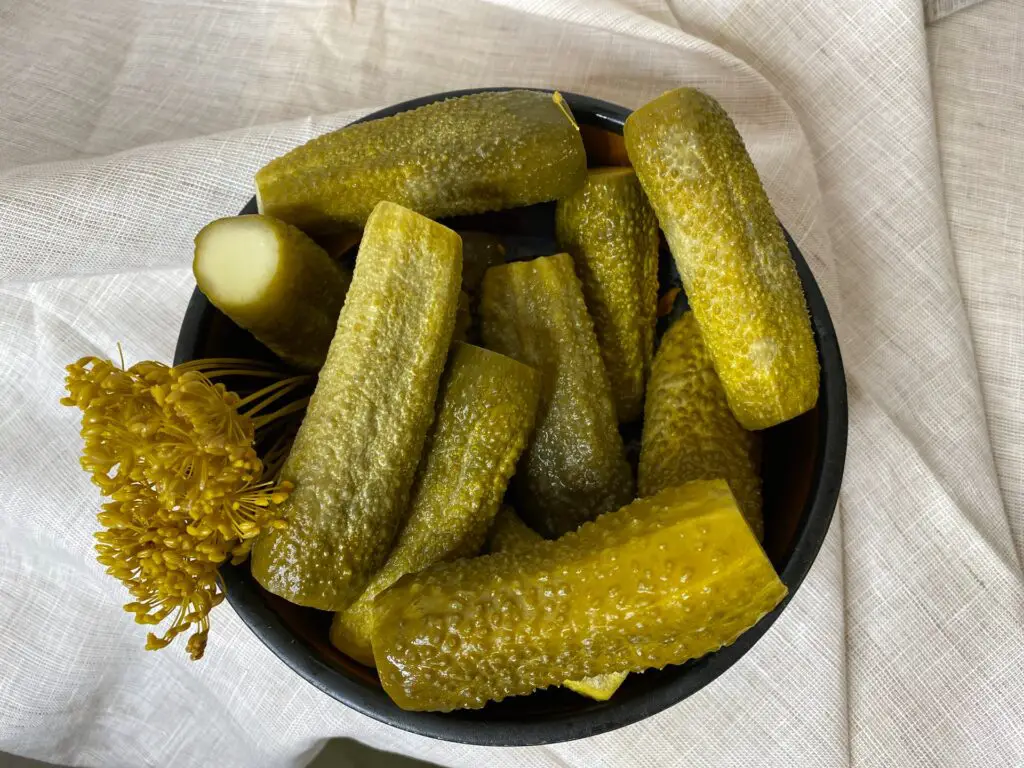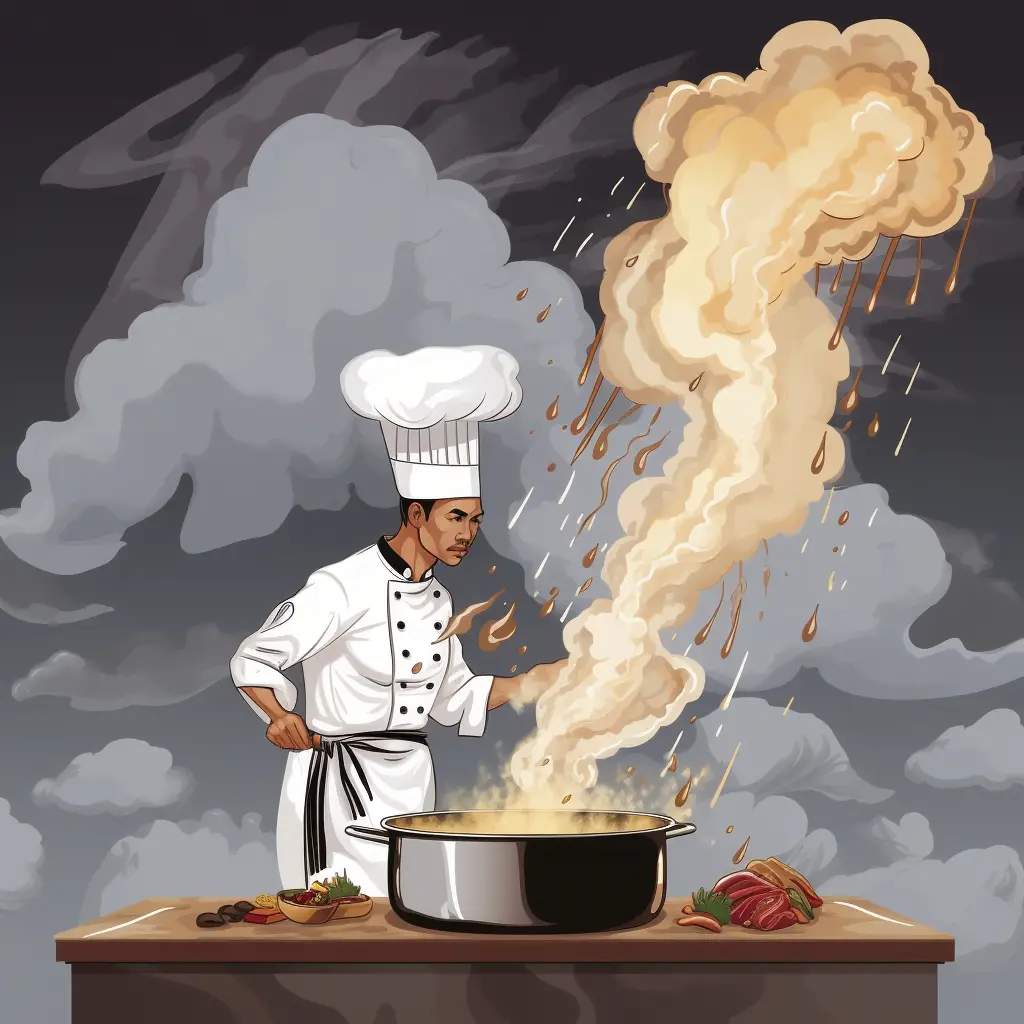
“The clever old conniver continued to cogitate.”―
Alliteration is the repetition of initial sounds in a series of words. It’s a literary device often used in poetry, humor, and writing to create a musical or rhythmical effect. Alliteration can also be used to add humor to writing and also to teach language learners how to enunciate a bit better.
Show me someone who can say “How much wood would a woodchuck chuck, if the woodchuck could chuck wood?” in under three seconds and you’ll be showing me someone who’s impressively proficient in speaking.
Personally, I love using alliteration to sharpen a point I’m trying to make in an essay or article. It’s a beautiful way to make people pause, ponder, and put on their thinking cap when you really want a reader to pay attention.
Plus, it just sounds good to the eye, doesn’t it? Of course, it does! So, let’s explore the concept a little more.
What is alliteration?
Many people think alliteration is simply when two or more words in a row start with the same letter. But like many things in life, it’s not that black and white. True alliteration focuses on the sound of the beginning of each word, rather than how its spelled.
- “Certainly city cats” is an example that doesn’t work. Even though each of the first letters are “c”, they don’t all make the same sound when spoken out loud.
- “Karl’s cats kill” on the other hand does work, even though there are two “k’s” and one “c.”
The other general rule to remember for alliteration is the words don’t always have to be one after the other. They also can’t be too far apart, of course.
- “Peter ate a pile of pickled peppers” is still alliteration even though there are several words in between.
- “Peter ate a giant pile of spicy, somewhat pickled peppers” is mostly not alliteration (except the last part) because the important consonants are too far apart.
So, if you ever have two or more words that start with the same consonant sound, and they’re close to each other when read aloud, you’re likely dealing with alliteration!
As far as what languages use it, it’s not just English. Arabic, Finish, Icelandic, Irish, German, Hungarian, Mongolian, and even American Sign Language uses it, too!
The word originally came from the Latin word littera, which means “letter of the alphabet”.
What are the different types of alliteration?
While we discussed above what most people refer to as alliteration, there are a few other types that scholars agree on (at least after they’ve fallen asleep from arguing so much).
#1. Alliteration
Just plain old alliteration, as discussed above, is when two or more consonants at the beginning of words are repeated in close junction with each other.
Examples:
- I ripped a ripe ribbon.
- She speedily spoke.
- Lucky lady.
#2. Head rhyme or Initial rhyme
This type is when the first two words of a sentence are using alliteration, which may or may not be followed by more words using the same structure.
Examples:
- Peter piped up, he wasn’t quiet.
- Mary married her husband, of course.
- Tacos try too hard to be sandwiches.
#3. Consonance
This type of alliteration isn’t used too often nowadays. It’s when a consonant sound anywhere inside a word is used, rather than just the beginning. In this case, it’s often the stressed sound when spoken aloud, rather than how it’s written. (Quick note, technically, alliteration is a type of consonance and not the reverse.)
Examples:
- I’m coming home to roam.
- The queen is mine, and mine alone.
#4. Symmetrical alliteration
This last type is a specialized form and uses chiasmus or parallelism. This unique device is pretty cool in itself, but not often seen. It’s when a sentence or phrase has a pair of outside ending words both starting with the same sound, and as the sentence moves to the middle, each pair of outside-towards-inside words match as well. If you think of palindromes, you can kind of get the idea, but it’s probably easier to see it if we look at some examples.
Examples:
- Brown tigers tear bears.
- Crusty golden grey cake.
- Far away are fairies.
Alliteration and tongue twisters
One of the most recognizable forms of alliteration come in the form of tongue twisters! You’ve probably heard them if you’re learning another language, or if you grew up in a country where they’re commonly used. Many teachers use them to help[ language learners with their fluency, pronunciation, and articulation when reading and speaking.
Examples:
- Peter Piper picked a peck of pickled peppers. A peck of pickled peppers Peter Piper picked.
- How much wood would a woodchuck chuck, if the woodchuck could chuck wood?
- Green Greg generously gathered gooses for the gander.
Alliteration in popular culture and brand names
Marketers, entrepreneurs, and writers positively love using alliteration. Why? Because it’s so pleasing to read and easy to remember, of course!
- Coca-Cola
- Dunkin’ Donuts
- Gold’s Gym
- Krispy Kreme
- PayPal
- Range Rover
- Pittsburgh Pirates
- TikTok
- Grey Goose
- Peter Parker
- Bruce Banner
- Donald Duck
- King Kong
Summary
If you’re writing an essay, a speech, or even poetry, take some time to consider adding a line of alliteration or two. Some people even make it a point of putting it in the title itself, as that’s what’s guaranteed to be the most read in anything you create. As for how to write a piece of alliteration, you essentially have two choices.
- Go find an example of a popular piece of alliteration that exists already, or
- Create your own!
To create them, there are a few methods, but they all follow a similar path. Try to think of the intent of the phrase you’re making, then start with the first word. After that, a thesaurus can be your best friend for finding more options to follow. Just pop in the meaning of the word you want to say in a thesaurus, then poke around until you find a word starting with the same consonant sound as the first word.
If it’s too tough to find one, replace your first word and start over.
Easy peasy lemon squeezy.
Or should I say, keep it simple, silly.
You might also be interested in learning about hyperbole.





